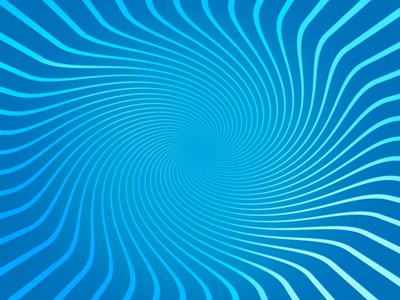
Modern Art
This quiz addresses the requirements of the National Curriculum KS3 in Art and Design for children aged 11 to 14 in years 7 to 9. Specifically this quiz is aimed at the section dealing with understanding art movements and their influence on the world, and it focusses in particular on the Modern Art movement.
KS3 children will study many different aspects of the art world such as history (the origins of art and how it has developed), influence (how art from earlier periods has shaped that of later times), movement (Classical, Renaissance, Baroque, Romantic, Modern etc.) and social connection (how art has reflected the society of the time it was made.
Ready for more?
not all...
quizzers. Try to win a coveted spot on our Hall of Fame Page.







